
In today’s world, where security is no longer a luxury but a necessity, simply installing a CCTV system is not enough. You must optimize it—sharpen every angle, refine every pixel, and cover every blind spot. Whether you’re securing a bustling retail outlet or a quiet home, the effectiveness of your CCTV system relies heavily on strategic planning and fine-tuning.
Let’s explore nine practical steps that help you maximize your CCTV setup’s coverage and functionality—no fluff, just clarity and action.
1. Assess the Area You Want to Monitor
Start with a clear understanding of what needs surveillance. Are you monitoring entry points? A parking lot? Hallways? Walk the site and take note of vulnerable zones and potential blind spots. Use a simple layout sketch to map the surroundings and mark key areas for observation. A proper site assessment reduces guesswork and makes sure nothing important goes unwatched.
2. Choose the Right Camera Types for Different Needs
Not all cameras serve the same purpose. Dome cameras are great for indoor spaces, especially in retail or office settings. Bullet cameras are ideal for outdoor monitoring. PTZ (Pan-Tilt-Zoom) cameras can cover larger areas and allow you to zoom in on activities. Each type has its strengths—match your choice to the environment and need.
Also, consider whether you need night vision capability. Without it, your coverage may drop sharply after sunset, leaving your space vulnerable when it matters most.
3. Use Strategic Camera Placement
High up and out of reach—but not so high that detail is lost. That’s your sweet spot. Mount cameras at an angle that captures both faces and movement. Avoid direct sunlight, glass reflections, or obstructive objects like tree branches or signs. Place cameras near access points such as doors, driveways, gates, and alleyways. If indoors, ensure areas like staircases, reception desks, and lobbies are well-covered.
4. Eliminate Blind Spots
Even the most high-definition camera becomes ineffective if it’s missing half the scene. Use overlapping camera views to ensure complete coverage. Check for spots that the camera can't "see"—especially under staircases, behind pillars, or corners of long corridors. Use wide-angle lenses or add extra units to eliminate these dead zones. A blind spot is an open invitation to mischief.
5. Optimize Camera Settings
Take time to configure your cameras beyond their default settings. Adjust resolution, motion sensitivity, brightness, and frame rates to suit your environment. Lower frame rates may save storage but could miss fast movements. Higher resolution improves image clarity but consumes more bandwidth. Strike a balance based on what’s more important to you—detail or data savings.
Enable WDR (Wide Dynamic Range) if you’re monitoring areas with variable lighting, such as entrances or windows. This ensures consistent visibility, even when light conditions fluctuate.
6. Use the Power of Video Analytics
Modern surveillance systems do more than just record—they interpret. Leverage features like motion detection, people counting, intrusion alerts, and facial recognition through video analytics. These tools help reduce manual monitoring, improve response times, and turn raw footage into actionable insight.
Smart analytics can alert you in real time if someone enters a restricted area or loiters suspiciously—adding a layer of intelligence to your setup.
7. Ensure Sufficient Lighting
No matter how advanced your camera is, poor lighting can sabotage it. Ensure that the environment is well-lit, especially during nighttime. For outdoor setups, install motion-activated floodlights. For indoor spaces, use consistent ambient lighting to avoid shadows and dark corners. If lighting installation isn’t feasible, opt for cameras with built-in infrared capabilities.
8. Test Your Setup Regularly
Your CCTV system is not a "set it and forget it" tool. Schedule periodic tests to ensure all cameras are functioning, footage is being recorded properly, and alert systems are active. Walk through the areas being monitored while checking the live feed to verify proper angle, clarity, and coverage. Don’t wait until an incident happens to discover that your system wasn’t working.
Also, back up footage regularly and check your cloud or local storage health to avoid data loss during critical moments.

9. Choose Continuous Recording Over Motion-Only
Many systems default to motion-based recording to conserve space. But what if the movement was subtle? Or what if the camera missed the motion entirely? That’s why 24/7 camera recording is essential for complete, uninterrupted footage.
With 24/7 recording, every second is accounted for, ensuring you don’t miss out on crucial evidence or behavioral patterns. It’s also vital for businesses that require high compliance standards and round-the-clock security logs. The ability to review complete footage—anytime—gives you a definitive edge in accountability and analysis.
Final Thoughts
Your CCTV system is only as strong as its weakest angle. Optimizing your surveillance is not just about adding more cameras—it’s about smart placement, intelligent settings, and reliable performance. As threats grow more complex, your setup should grow more strategic.
If you're serious about security, investing in 24/7 camera recording gives you the confidence that nothing slips past your watchful eye—day or night.

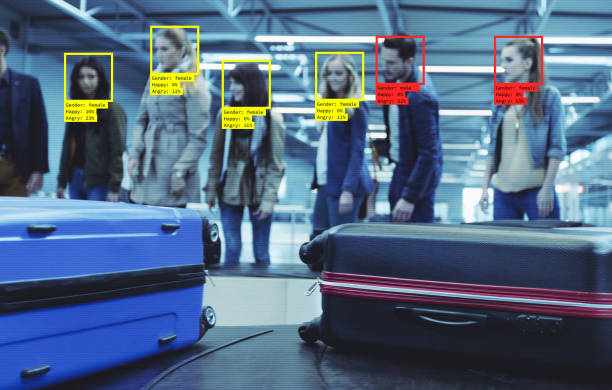
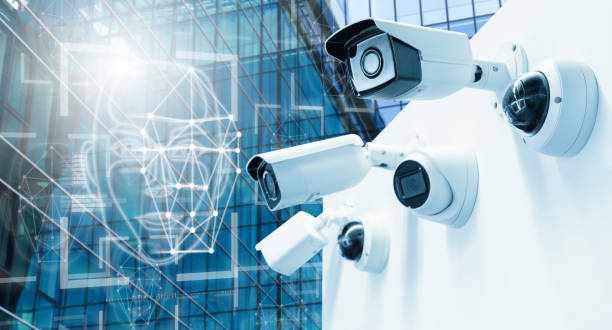
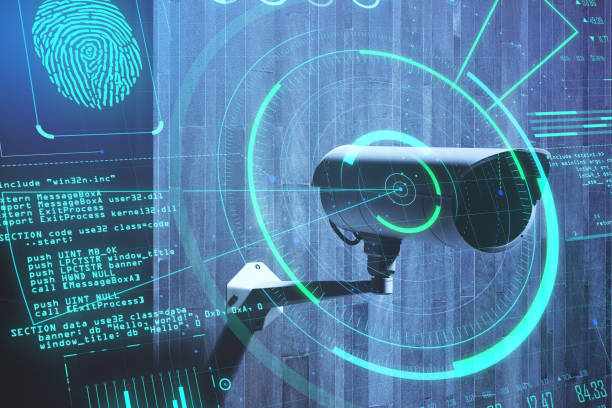
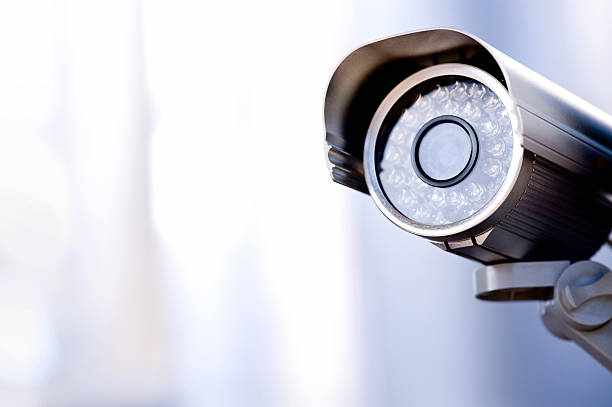
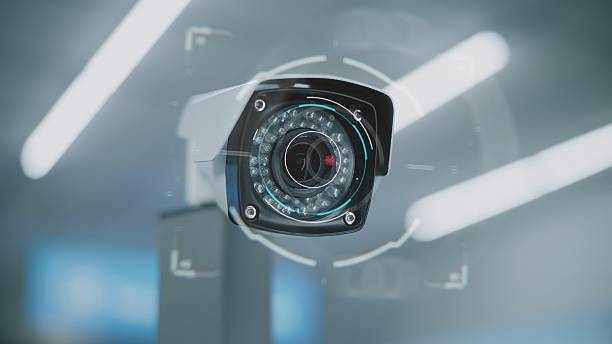




Write a comment ...